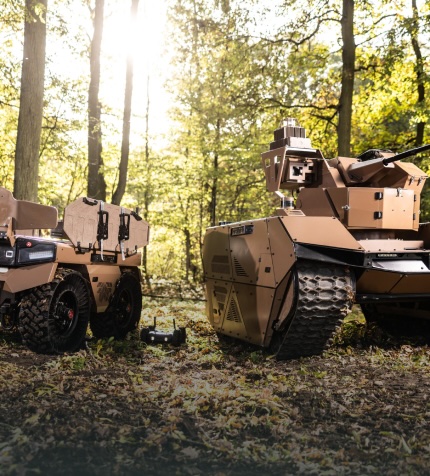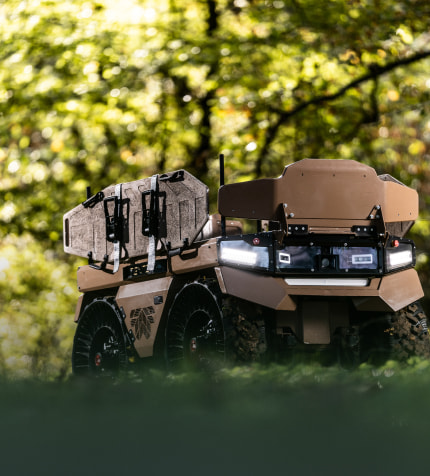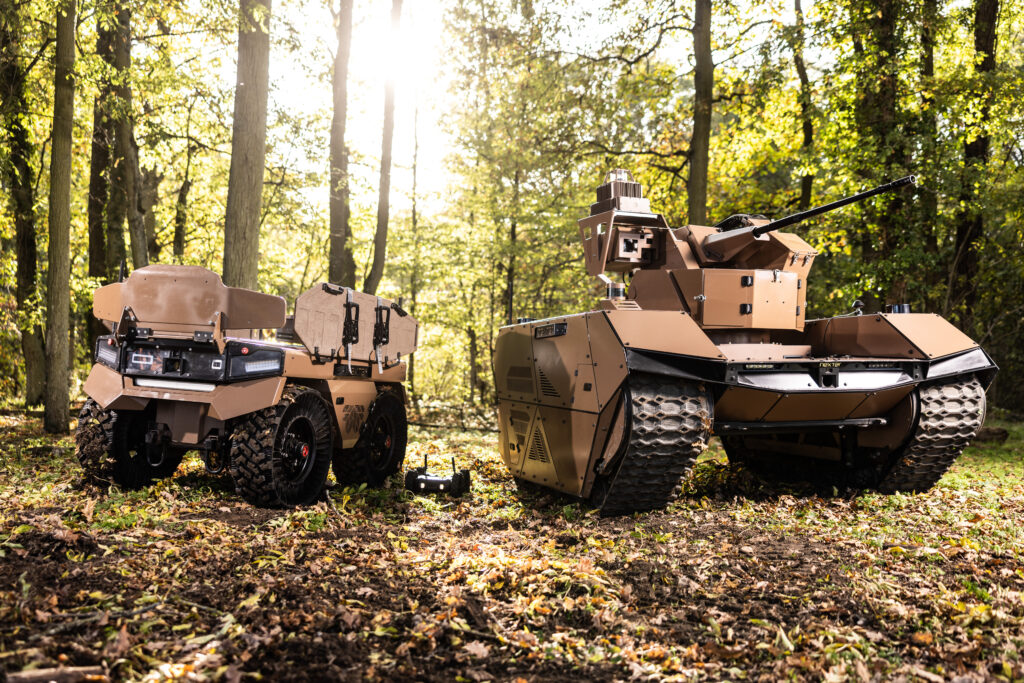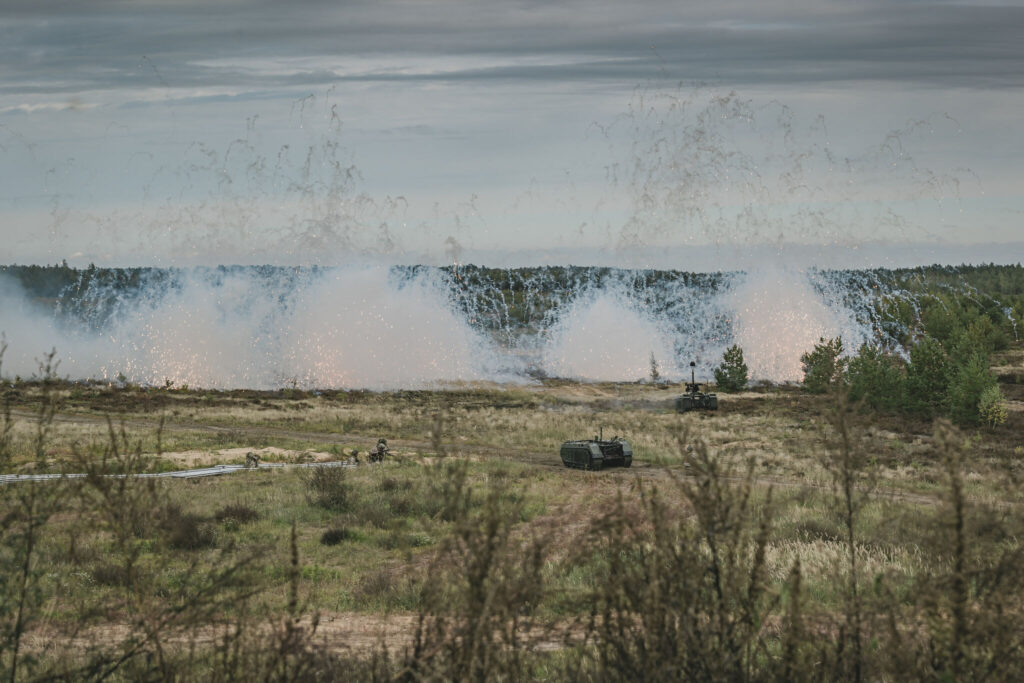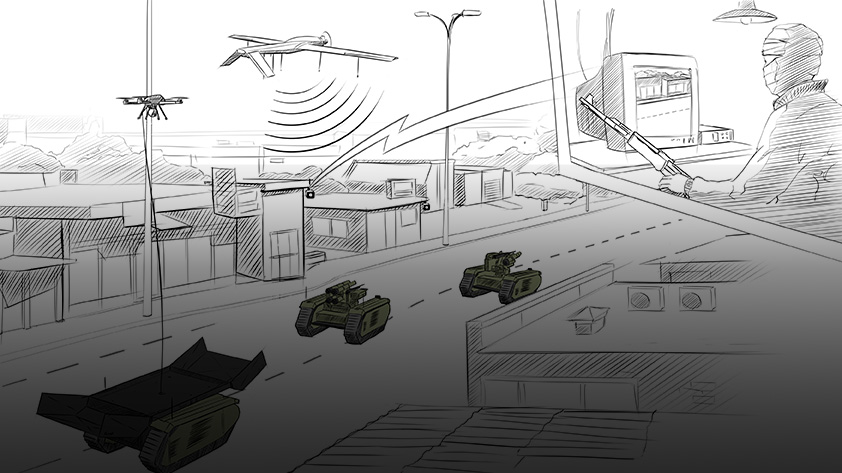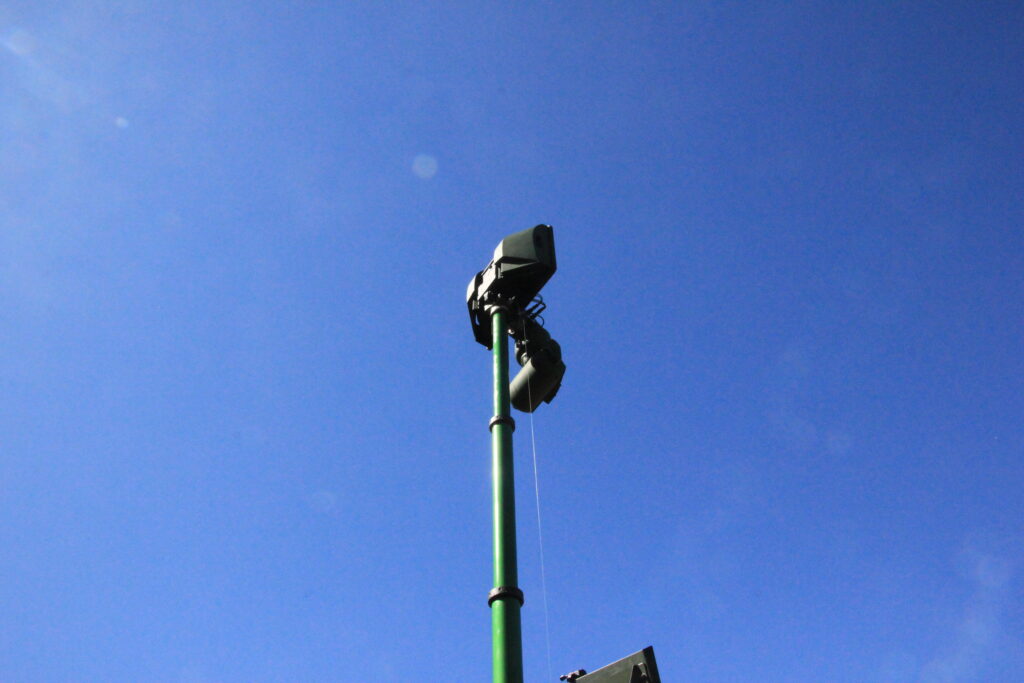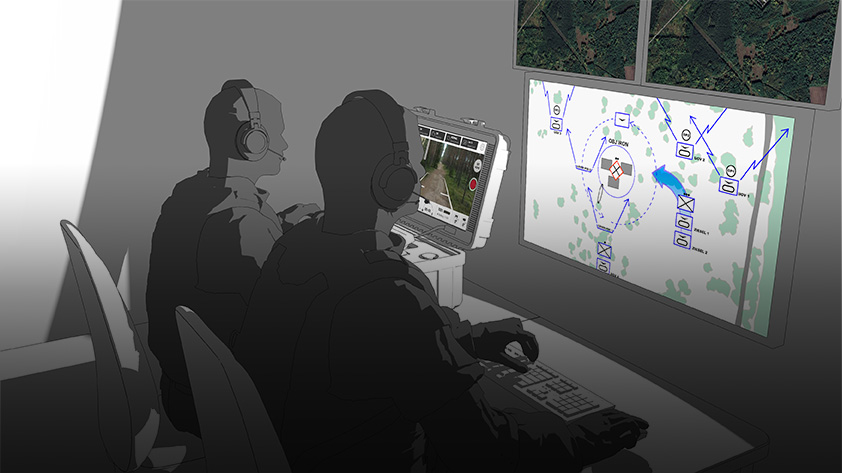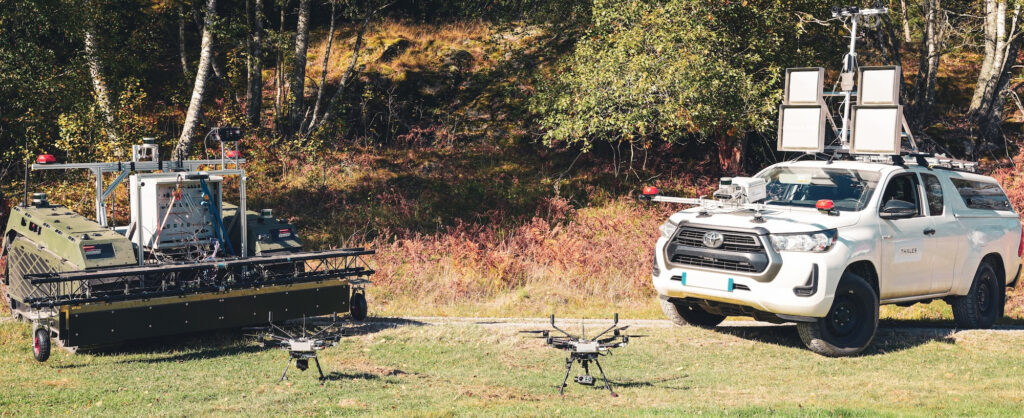Milrem Robotics is an active member of several European Defence Agency and European Defence Fund project consortia. Our Capability Development Department oversees Milrem’s role in these EU-funded initiatives, enabling us to collaborate with European partners to advance interoperable systems that support EU defence capabilities.
